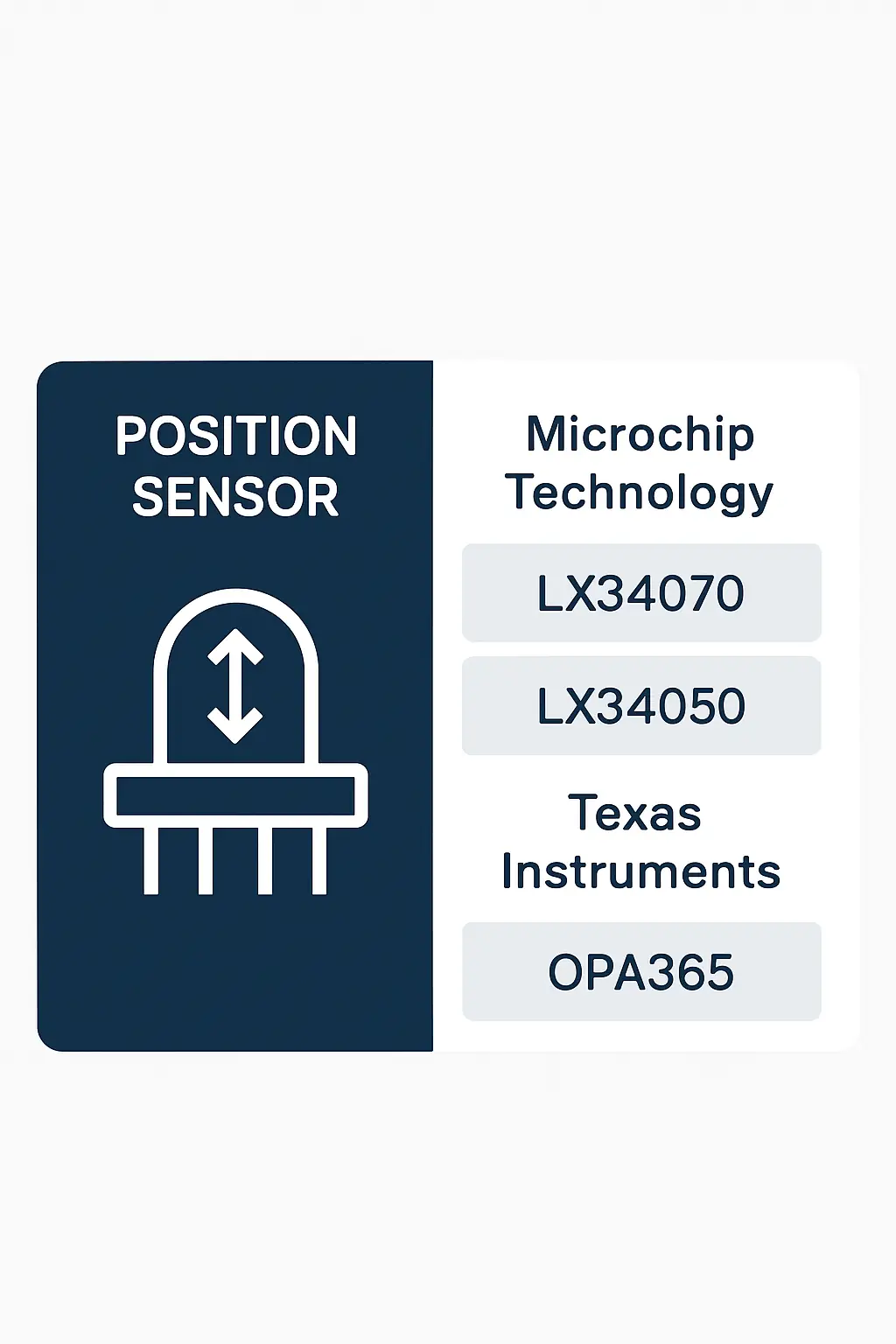Position Sensor
Traction inverters are essential components in electric and hybrid vehicle systems, responsible for converting direct current (DC) from the battery into alternating current (AC) to power the electric motor. These inverters play a critical role in managing the energy flow between the battery and the motor, ensuring efficient and smooth operation of the vehicle's propulsion system. They also support regenerative braking by converting kinetic energy back into electrical energy, which is then stored in the battery for later use.
Position sensors work in conjunction with traction inverters to monitor and control the motor's rotor position, enabling precise control of the motor's speed and torque. This accurate feedback is vital for maintaining optimal performance, improving energy efficiency, and enhancing driving experience. Together, traction inverters and position sensors contribute to the reliability, safety, and performance of electrified vehicles.
These technologies are widely used in automotive electronics applications, particularly in electric vehicles (EVs), hybrid electric vehicles (HEVs), and advanced driver assistance systems (ADAS). They support the transition toward sustainable transportation by improving energy efficiency, reducing emissions, and enabling smarter vehicle control. As the demand for electric mobility grows, traction inverters and position sensors will continue to play a key role in shaping the future of automotive technology.
Details
Position Sensor

Related Parts
| Series Name | Description | Manufacturer Name | Attribute Description |
|---|---|---|---|
| Microchip Technology | 34V input, 700mA output, 2.3MHz switching frequency, PWM dimming, high efficiency synchronous buck LED driver with thermal regulation and fault protection. | ||
| Microchip Technology | 34V, 500mA synchronous step-down converter; 2.2MHz fixed frequency; 2.7V to 5.5V input; 0.8V reference; >90% efficiency; integrated MOSFET; tiny 2mm × 2mm DFN package. | ||
| Texas Instruments | 1.8V to 5.5V supply, 220MHz GBW, 800V/μs slew rate, low noise 4.5nV/√Hz, 16-bit ADC driver, shutdown mode, rail-to-rail I/O, low distortion, single/dual supply operation. |








.png?x-oss-process=image/format,webp/resize,h_32)










